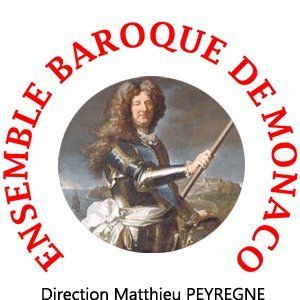Passionate about music and theater, close friend of the greatest musicians of the time (Lully, Couperin and Destouches) and of the brother of the King of France (the future Duke of Orleans), Antoine I (1661-1731) allows the Principality of Monaco, on his return from the court of Versailles in the early eighteenth century, to assert itself as a true cultural center of Europe.
In 1706, Antoine Grimaldi settled permanently in Monaco. He sets on the Rock amazing celebrations, concerts, brilliant theatrical performances, like the ones at the Versailles court. He is sent many publications and scores, all new french and Italian works of the time (including those represented at the Paris Opera), and thus a very rich background of instrumental and vocal scores, both sacred and profane. "We make music from morning to night, and the days seem too short! Oh ! Dolce Vita ! Why can you last forever?"In the Principality yet so close to Italy, and steeped in its influence, french music has a place of choice, rule that will continue to maintain and assert themselves thereafter. Antoine I creates and maintains a group of singers and an orchestra, which he personally oversees recruiting, and sometimes make them rehearse, with the conductor stick given by Lully himself. He likes to present his artistic achievements to his visitors invited at the Palace: "I dare say the truth that, with the exception of Paris, there is no place where one performs better than here".



